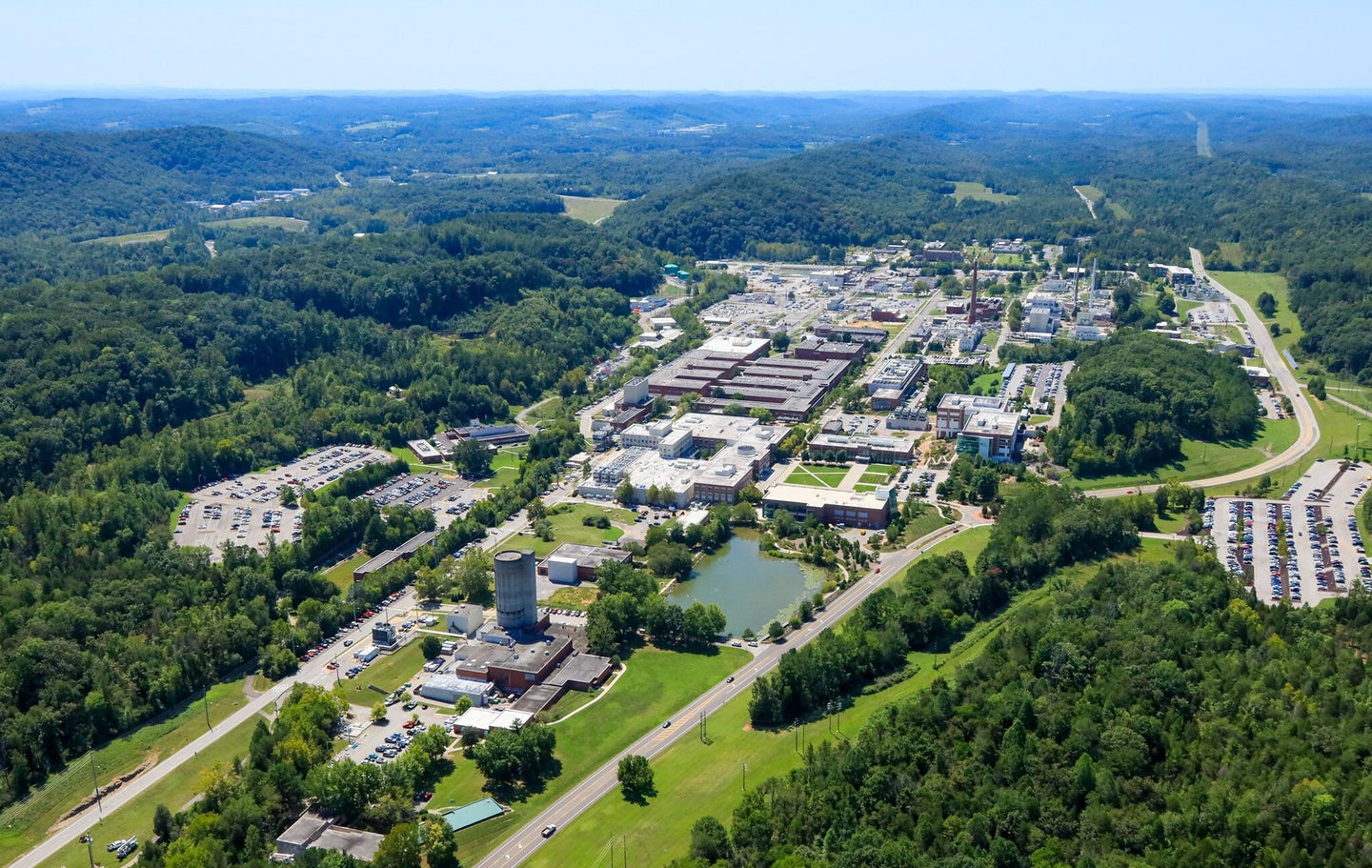5G and its potential to revolutionize industries: An Interview with Dr. Ali Riza Ekti, Senior R&D Staff Member at Oak Ridge National Lab
Jan 21, 2022

By Tricia Martinez, Managing Director of the Techstars Industries of the Future Accelerator
This past week I had the privilege of sharing some questions with Ali Riza Ekti, Senior R&D Staff Member of ORNL.
Some background on Ali, prior to ORNL, he worked as an Assistant Professor with the Electrical and Electronics Engineering Department of Balıkesir University and held the Division Manager position at HISAR Laboratory, TÜBİTAK BİLGEM, where he was responsible for research and development activities in wireless communications and signal processing. He recently joined the Grid Communications and Security Research Group at Oak Ridge National Laboratory, where he is currently a Senior R&D Staff Member. His current research interests include statistical signal processing, wireless propagation channel modeling, optimization, machine learning in 5G and beyond systems and smart grid.
Question 1: What is 5G technology and how is it different from 4G?
5G is the fifth generation of cellular communication which is an ongoing progress of 1G, 2G, 3G and 4G where the main aim was to connect people but 5G networks will enable direct communication technologies such as D2D, M2M, and V2X, the wireless communications nodes are expected to communicate directly in local premises, partially or fully independent of core networks. Main differences will be enhanced broadband connectivity, machine type communication and energy efficiency along with the ultra-reliable low latency [1].

Question 2: What impact will 5G technology have on industry? In other words, what will our industrial world look like 5 years from now?
With the recent developments in the Industry 4.0 revolution, we are witnessing a huge deployment of devices, sensors, actuators, computing machines and robots that are connected to the Internet under the umbrella of a massive IoT-ecosystem in which the number of networked devices driven by the emerging IoT technology will reach up to 28.5 billion by the year 2022 [2]. These IoT devices are expected to interact wirelessly and operate in a self-organized manner to deliver intelligent services and solutions to the challenges faced by the deployment of smart cities, smart homes, smart grids and remote agriculture with the utilization of emerging 5G wireless technologies. This will lead to fully autonomous secured AI-supported robotics that will enable more flexible and reconfigurable production environments such as predictive maintenance and AR/VR enabled autonomous connectivity within and outside of the factories.
Question 3: What are the greatest challenges today for 5G technology? What is holding this technology back from advancing?
The strict requirements for the specifications listed on Table 1 are the main challenges to overcome such as building ultra-dense networks, hardware operates at higher frequencies, precise beamforming’ massive MIMO systems and security issues come with massive machine type communication are only some of few.
Question 4: Where do you see the greatest opportunity for 5G today and in the future?
The greatest opportunities for the 5G and beyond technologies is the connection among vertical industries such as health, automation systems, robotics, automotive industry, oil and gas industry, and space industries along with the telecommunication industry.
Question 5: When I think of 5G technology I think of smart cities. What excites you the most about 5G technology and how do you envision it changing the way we live?
With the advancement towards AI-integrated 5G and beyond technologies, we will have fully connected systems from smart cities, smart grid, e-health, smart vehicular networks, and infotainment applications in which autonomous features will pave the way for the next generation smart cities if the requirements of the 5G networks are addressed first. It will lead to safe and efficient operation of smart systems by reducing the energy efficiency and response times, handling the massive data traffic and increasing the required demands user perspective.
References
[1] M. Agiwal, A. Roy and N. Saxena, "Next Generation 5G Wireless Networks: A Comprehensive Survey," in IEEE Communications Surveys & Tutorials, vol. 18, no. 3, pp. 1617-1655, thirdquarter 2016, doi: 10.1109/COMST.2016.2532458.
[2] CISCO, “Cisco Annual Internet Report (2018–2023) White Paper,” Available: https://www.cisco.com/c/en/us/solutions/collateral/ executive-perspectives/annual-internet-report/white-paper-c11-741490. pdf, Accessed: Sep. 12, 2021
Are you a Founder building deeptech? Are you a scientist Interested in Techstars Industries of the Future Accelerator? Sign up for Office Hours with me, subscribe to my blog, or reach out to me for support!
About the Author

Tricia Martinez
Tricia Martínez is the Managing Director of the Techstars Industries of the Future Accelerator. Tricia is an experienced serial entrepreneur, executive, and activist passionate about driving large-scale impact through technology and innovation. Tricia has earned titles including top 20 founders of color by Conscious Company Magazine, Hispanic Entrepreneur of the Year by USHCC, a top 100 FinTech Leader, among others. Tricia is also an alumna of the London Barclays Accelerator, powered by Techstars participating in the 2016 program with her blockchain-enabled financial services platform, Wala.
